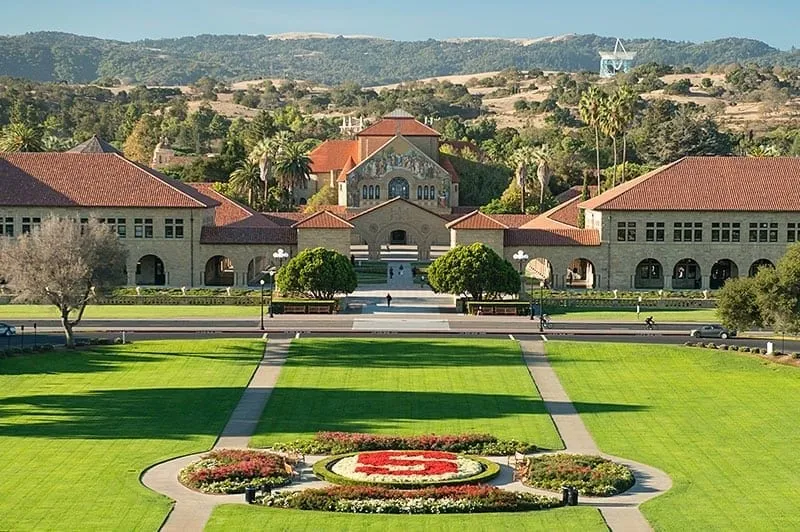Table of Contents
The Review has not been the most prominent campus organization during my three years at Stanford. My freshman year, the Fountain Hopper’s dramatic investigative journalism overshadowed our op-eds. My sophomore year, the College Republicans dominated campus political discourse and forced the Review into a reactive role.
When I recruited for the Review first as Deputy Cycle Editor and then as Editor-in-Chief, many freshman and sophomores had never heard of the Review, a sharp contrast to its reputation when I first came to campus.
The decrease in notoriety had both positive and negative components. For one, the Review was publishing more thoughtful critiques of campus politics than inflammatory pieces designed to generate Facebook clicks and Fox News appearances.
Review writers also (understandably) became less bold in their contrarian critiques when we saw Ryan Bounds ‘95, a former Opinions Editor, lose his seat on the prestigious Ninth Circuit Court of Appeals due to articles he had written in the Review as an undergraduate.
This is simply a reminder that what we try to do at the Stanford Review is hard. We aim to critique the status quo in a society that demands ideological conformity to gain social acceptance, summer internships, and leadership positions later in life. During my time in the Review, I have personally come across many brilliant students, who, at the last moment, pulled their drafts from publication to protect against potential career damage.
Like so many of our peer publications, the Review could have taken this chilling trend as an excuse to cease continuous publishing.
However, I am proud to report that this volume tackled that challenge head-on, and offers a blueprint for the future leaders of the Review. We focused on where the Review can add the most value to campus politics: covering stories that no other student publication was brave enough to write.
We published a firsthand account that documented a Stanford Daily writer violating journalistic norms and condemned campus activists for ripping flyers promoting the Ben Shapiro event. We investigated the motivations behind the SCoPE protests and Stanford’s role in making technology addictive. Committed as ever to a fair treatment of the issues, we published opinion pieces on both sides of the India citizenship bill debate.
We also used humor to bring light to a campus dialogue that could use some levity, including the infamous “Hacking for Hate” event and campus outrage over S/NC grading for Spring Quarter.
Most importantly, we built an environment and a community that writers were excited to join. I am so thankful for the leadership of Yasmin Samrai, Andrew Ziperski, Annika Nordquist, and Andrew Friedman, and the spunk that Maxwell Meyer, Neelay Trivedi, Eva Davis, and Cola Buskirk brought to this volume. The Review is in good hands.
What drew me to the Review as a freshman was the energy of Review meetings and the members’ commitment to perpetual self-improvement. What has kept me here is my belief that the Review’s mission can attract more smart, interesting people than any other campus group. Despite the challenges the Review continues to face, I anticipate that our increasingly stifling political environment will only increase the appetite for reasoned, open-minded debate.
The Review has helped me develop me as a thinker, leader, and friend. It has been such an honor to lead this organization and share it with a new generation of Stanford students.
Quinn









